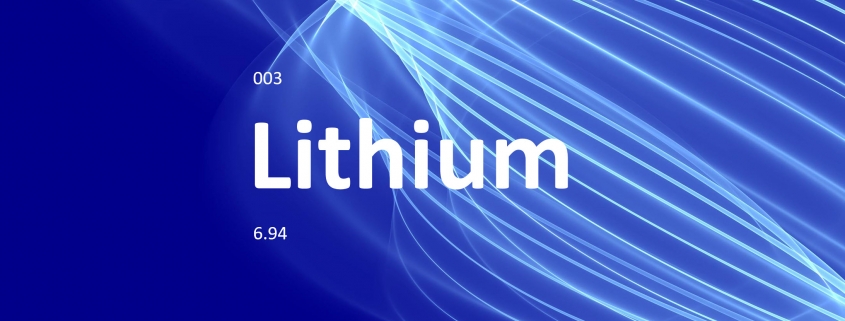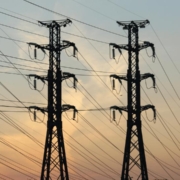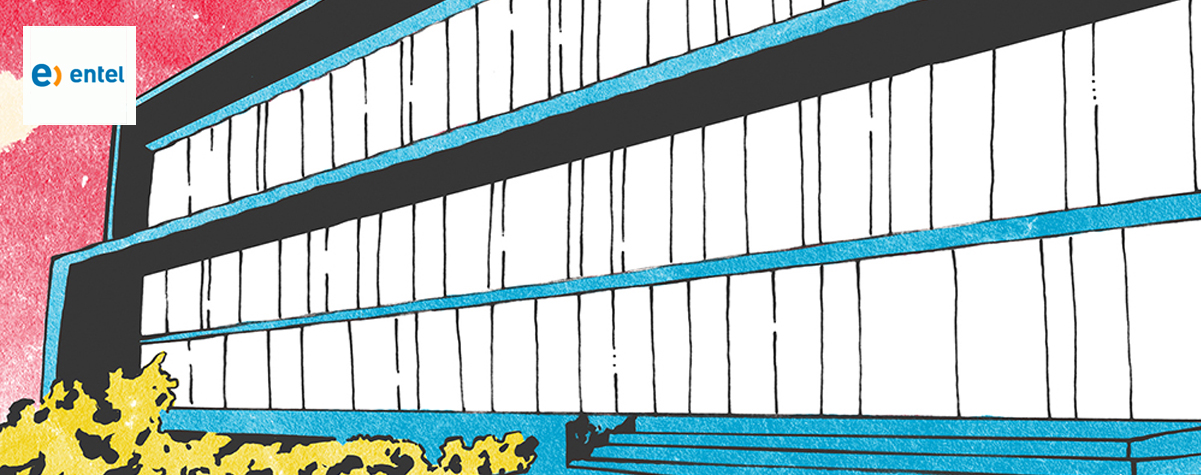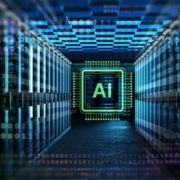Lithium-ion batteries in the Data Center: An ethical dimension?
One of the emerging trends in data centers is the use of lithium ion (Li-ion) batteries, both for distributed and centralized uninterruptible power supplies. Research by Uptime Institute and others predicts high levels of adoption in the years ahead. The primary reasons for this are technical, relating to energy density, rechargeability and management. But Li-ion energy storage is also regarded as a key component in renewable energy distribution, which is being adopted primarily to reduce carbon emissions.
But one question keeps coming up that has, on occasion, put proponents of Li-ion on the defensive: How “green” — and how ethically responsible — are Li-ion batteries? Is there an environmental dimension to the use of Li-ion technologies?
Before considering this question, we should note that data centers will probably only ever account for a tiny proportion of demand for Li-ion batteries. Even in 2019, with electric vehicles still in early infancy, the automotive sector accounted for 60% of Li-ion battery use. Demand overall is expected to grow tenfold (1,000%) to 2030, according to mining analysts Roskill, driven primarily by mobile applications. That notwithstanding, big data center operators, such as Google, Microsoft, Equinix and others, use a lot of batteries. They pride themselves on sound environmental policies, and they are paying attention. Indeed, activists may give them no choice.
There are two issues with these batteries: first, the use of rare or expensive metals, and the environmental impact of mining these; and second — related to this — the current lack of recycling.
In a Li-ion battery, there are two elements that are a concern: lithium and cobalt. It is possible to do without the latter, but at a cost of some energy density — a critical factor in deployment. Analysts in the mineral sector say that there are sufficient reserves of both metals to meet medium-term demand, although cobalt reserves are less plentiful. But there is strong commercial pressure among battery makers, car manufacturers and other big industrial consumers to secure access to the main reserves, extract the minerals profitably, and meet current demand. This led to some big speculative price rises in 2019, although increased mining activity since has brought prices (and price forecasts) down.
For lithium, half of the world’s resources are in the “lithium triangle,” mostly in pristine salt flats spanning areas of Argentina, Chile and Bolivia. Mining companies have been accused of exploiting local populations, extracting excessive amounts of valuable water, and damaging unspoiled habitats. For cobalt, more than half of the world’s reserves are in the Democratic Republic of Congo, where mining companies have been accused of child exploitation and serious health and safety violations. In 2019, a human rights groups filed a suit against Apple, Google, Dell, Microsoft and Tesla on behalf of 14 families in Congo.
For the data center industry, and the renewable energy industry, many of these concerns may seem far up the supply chain. But buyers can move the market: They can favor suppliers who source their components responsibly and pressure vendors to improve their supplier’s practices. They could also choose suppliers who pursue alternative sources of these metals in regions with more robust monitoring of environmental and health and safety concerns.
Recycling and extending the life of batteries also plays a role. At present, while almost all lead-acid batteries are recycled, Li-ion batteries are not. The most common way to get rid of an old Li-ion battery is to burn it — they burn exceedingly well.
There is a big effort underway to improve Li-ion technology. Tesla and GM are both working on million-mile batteries, designed to outlast the car, as well as designing batteries for easier reconditioning and recycling. Such technical advances can also be applied to stationary Li-ion batteries (which mostly have a different chemistry). Tesla is among the battery suppliers now targeting the data center market.
Although currently few Li-ion batteries are recycled, there are now dozens of companies with Li-ion recycling services or technologies. This activity will eventually reduce the pressure on mining companies to extract the minerals at such a rapid rate, and in such a damaging way.
Repurposing second-use batteries from mobile use to stationary applications, such as solar battery farms, is also likely to prove economic; this may lead to a “residual value” market in batteries and more renewable applications. Although some tests have proven favorable, data centers are unlikely to be suitable for this. The best way for data center operators to reduce the impact of Li-ion use will be to open a serious dialog with suppliers.

 2020
2020 2020
2020






 2020
2020